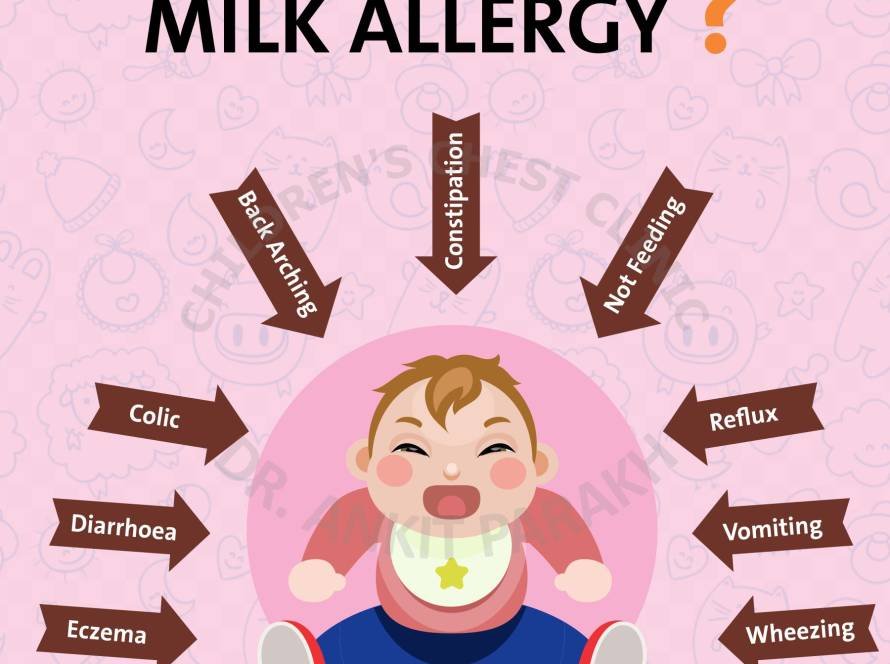Acute otitis media or commonly known as ear infection is quite common in children. The area of the ear behind the eardrum or the tympanic membrane is known as the middle ear. This part of the year has delicate bones that aid in hearing.
What are the symptoms of otitis media (middle ear infection)?
Symptoms of otitis media in children mainly are high fever and ear pain. Ear pain can be quite obvious in older children but young kids get cranky, irritable, fussy and cry persistently. Occasionally, if the eardrum is ruptured it leads to ear discharge. Examination of the ear is very important to diagnose otitis media in children. The examination of the ear is initially done with the torchlight and then with the special equipment known as an otoscope. With an otoscope we can look at the outer ear and the eardrum or tympanic membrane. A healthy eardrum appears pinkish grey in colour and is translucent (clear). In acute otitis media, the eardrum appears red and bulging.

How do we treat otitis media (middle ear infection) in children?
Treatment of otitis media in children depends on many things such as age, severity of pain, past history of ear infection. In older children who have mild disease we wait to start antibiotics for upto 3 days. In younger children, those with severe disease or if mild infection/pain is persisting antibiotics are recommended. The usual antibiotics used for otitis media in children are amoxicillin, co-amoxyclav, cefuroxime and cefpodoxime for a period of 10 days. Pain relieving medicines such as paracetamol or ibuprofen can be very helpful for 1-2 days. Cough syrups, decongestants and ear drops are not helpful and best avoided.
What are the conditions which predispose to otitis media (middle ear infection) in children?
Young children are predisposed to otitis media (middle ear infection). Children attending day-care or play school develop frequent respiratory viral infections predisposing to otitis media (middle ear infection). Children with nasal allergy or allergic rhinitis are also predisposed to otitis media (middle ear infection). Adenoid hypertrophy is another risk factor in children. Enlarged adenoids can block the eustachian tube and prevent fluid from draining from the middle ear.
What are the complications of otitis media or middle ear infections in children?
Otitis media (middle ear infection) sometimes develop complications. The eardrum or the tympanic membrane can get a small tear due to the pressure inside the middle ear. This would usually manifest as ear discharge with pus after the otitis media (middle ear infection) develops. Otitis media (middle ear infection) can sometimes persist and develop into chronic infection with a tear in the ear drum. This condition is known as chronic suppurative otitis media. Otitis media (middle ear infection) can spread beyond the ear. Ear infection can spread to the nearby mastoid bone (bone behind the ear) and lead to mastoiditis. Rarely, Otitis media (middle ear infection) spreads to the meninges (membranes surrounding the brain and spinal cord) and causes an infection known as meningitis. Many times fluid inside the middle ear can persist for a long time even after the infection has cleared up. This condition is called Serous Otitis Media. Serous otitis media usually manifest as mild hearing loss and delayed speech/language development.
If your child has an ear infection do get in touch with a paediatrician for proper evaluation, looking at predisposing conditions, appropriate treatment and follow up.






